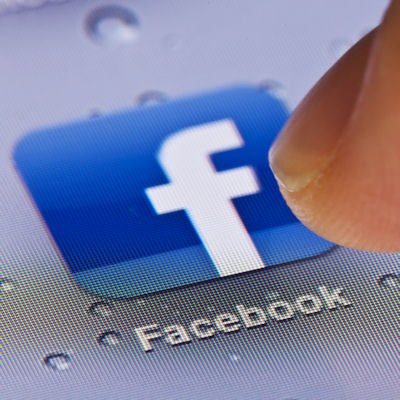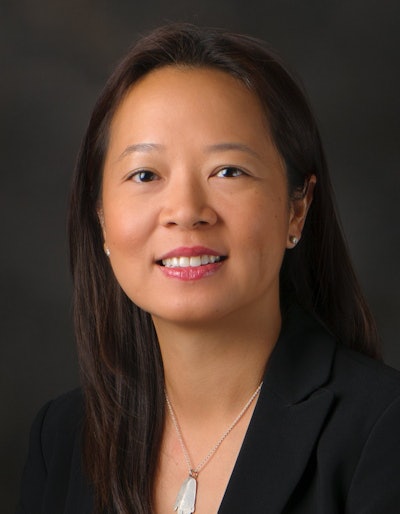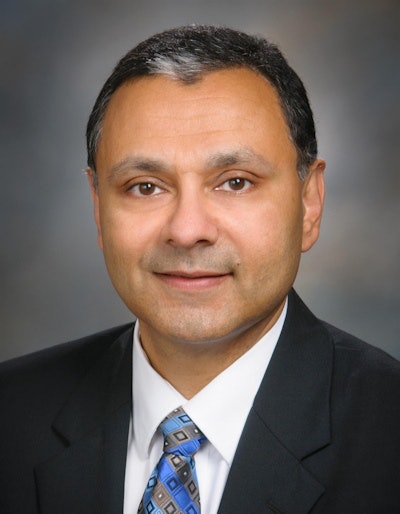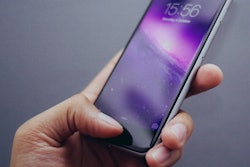
It's no secret that the internet is filled with misinformation, and details about breast screening are no exception. But radiologists may be able to use Facebook Live to provide accurate breast screening information, according to a paper published on April 21 in the Journal of Digital Imaging.
The need to connect with patients online has never been more pertinent, as some research has found that up to 75% of adults look for health information on social media. Facebook Live may be one tool to help radiologists educate the public and even other health professionals about the benefits of screening mammography and recommended screening schedules.
 Dr. Hilda Tso. Images courtesy of Dr. Tso.
Dr. Hilda Tso. Images courtesy of Dr. Tso."Social media represents a relatively untapped tool that breast radiologists can leverage to advocate for the potentially life-saving benefits of screening mammography," wrote the authors, Drs. Hilda Tso and Jay Parikh, from the department of breast imaging at the University of Texas MD Anderson Cancer Center in Houston.
When it comes to screening mammography, social media is filled with content that lacks scientific merit, is misleading, or even outright false. While the problem isn't unique to breast screening, breast radiologists have the opportunity to use social media to provide timely and accurate information.
One tool to get the word out is Facebook Live, the video streaming arm of the social media behemoth with more than 2.2 billion users worldwide. With 70% of U.S. adults on the platform, Facebook is not only popular with patients but also with physicians and physician organizations as a tool to get and share health-related news.
"The vast number of health-related Facebook groups indicates that both physicians and the public are embracing the online benefits of social media and that there is a desire for health awareness and education," the authors wrote.
3 Facebook Live stages
Facebook is such a powerful tool for getting and disseminating health information that breast radiologists may want to use its live video component to educate providers and patients about evidence-based screening practices, answer questions, and engage with curious learners from all over the world.
The authors noted creating Facebook Live videos can be broken down into three stages.
1. The planning stage
During the planning stage, a radiologist creates a date, time, and title for an event. This includes providing details of what will be discussed and the length of the event. Events should last for at least 10 minutes and are currently capped at three hours, the authors noted.
2. The broadcast stage
To begin a broadcast, click "+LiveVideo" from a Facebook page or profile. A good broadcast introduces the presenter(s) and topic, engages an audience as they join or ask questions, and asks viewers to follow a page or profile for more information.
3. The post-broadcast stage
The time after a broadcast ends is a chance to engage with viewers. Hosts can interact with comments as well as save and share the broadcast for future viewers.
Challenges for radiologists
Facebook Live may be an easy and powerful tool for educating patients and physicians about breast screening, but it also has unique challenges for presenting radiologists. Notably, radiologists must follow HIPAA regulations, including not sharing images or information that could disclose a patient's identity.
 Dr. Jay Parikh.
Dr. Jay Parikh.Another major constraint for radiologists may simply be a lack of time. Most radiologists use social media outside work hours, and while some large institutions may have designated social media teams, not every radiologist will have designated time and resources to prepare for and host Facebook Live sessions.
But radiologists who can and do use Facebook Live can become a crucial source of accurate breast screening information.
"With widespread usage of social media in both personal and professional life, Facebook Live is a readily accessible and valuable tool to aid radiologists in disseminating factual information and educating patients and physicians on this controversial topic of mammography and guidance," the authors concluded.



















